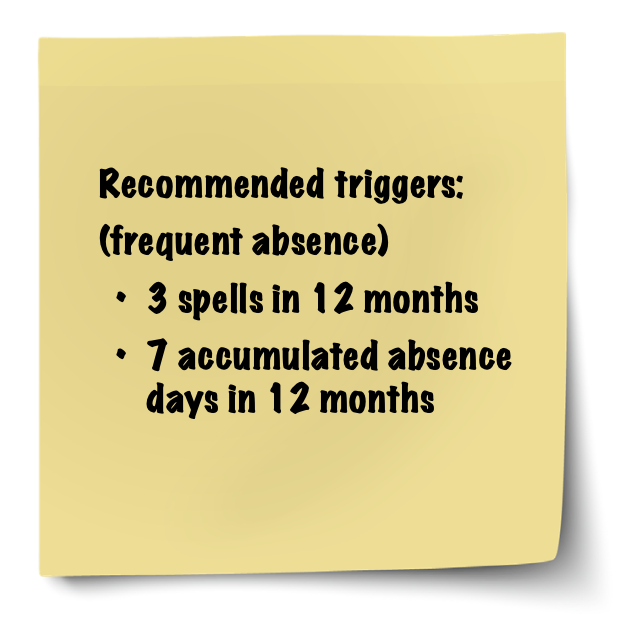Make your absence policy simple
The most common mistake we see in absence policies is unnecessary complexity. Honeydew’s mission is to make good absence management easy. In this article, we’ll go through the do’s and don’ts of writing absence policies. We will explain how to write a policy that is an effective tool for line managers.
Absence policies are written by people professionals with extensive knowledge of absence management and the challenges this can bring. However, the policies are put into action (or ignored) by line managers. These individuals are usually not experts in absence management. That’s why you should write an absence policy that is accessible to everyone.
The authors should also consider the “user experience” – to borrow a term from software development – of the managers who are expected to follow the policy. Absence is a management issue. It’s not an issue for HR to deal with, nor is it a medical one. Therefore, managers need to be able to read and understand your absence policy easily. Otherwise, you are just creating a whole load of future support requests for your HR team.
Don’t: Use one formula to rule them all
It might be tempting to come up with a sophisticated formula for ranking absentees. There is a beauty and simplicity in a single rule that covers both short and long-term absence that weights the frequency and accumulated total of absence days.
Bradford Factor
One example of this type of approach is the Bradford Factor. It calculates a score for each employee by multiplying the number of absence spells with the number of absence days. The Bradford Factor rates frequent absence more problematic than long-term absence and so the number of spells is squared.
(3 spells of absence)² x 9 absence days = 81 Bradford score
The complex calculation makes it very hard for managers to keep track of the scores and is near-impossible for employees to understand them. Review meetings are easily missed because no-one ran the numbers that week or month. Managing absence after the event can be difficult and it reduces the credibility and success of the management actions. As a result, the policy is not implemented consistently. In the worst case, this can lead to grievances because some employees feel unfairly penalised. Thankfully, we don’t see the Bradford Factor much anymore.
Don’t: Combine the number of days and spells
Some companies have adopted an improved approach to the absence score calculations. Rather than producing a score or number, they combine the number of days and frequency of spells into 1 clause. For example:
9 or more absence days on 3 or more occasions in 12 months
This is definitely an improvement from the arbitrary Bradford Factor score of “81”. Both managers and employees will be able to understand that this means the employee has missed nearly 2 weeks of work over 3 or more separate periods of absence.
However, the combined trigger is still pretty complicated for busy line managers to keep track of. The question arises: What is the harm in an absence review when the employee has been absent for 9 working days during one or two absences, rather than three? And isn’t it almost the same amount of operational inconvenience to manage three 1-day absences as it is when each absence is 3 days long?
Do: Tackle frequent short-term absence head-on
You might have guessed from these questions that the best practice approach is to simply count the number of spells and days of absence in a rolling 12-month period. The trigger is the first flag to the line manager that a pattern of absence may be emerging. They should use this opportunity to review the absence record and have a formal or informal conversation with the employee.
The outcome of the trigger point doesn’t have to be a warning if the absence pattern is not causing concern yet. Nevertheless, managers should discuss this with the employee, so they know that their absences are noted. It also gives the manager a chance to discover any underlying issues that may be causing the absences.
Align your company target with individual targets
You should align the accumulated absence days trigger point with your company absence level target. A good benchmark to use here is an overall absence level of 3%. This is an achievable yet ambitious goal for most organisations. 3% absence is equal to just under 7 absence days per employee per year.
In order to achieve the company goal, all employees should have a maximum of 7 absence days each year. Therefore, we recommend 7 accumulated days in a rolling 12-month period as a trigger point for individuals.
This chapter is part of our “Make It Simple” Absence Policy series. If you’d like to learn more about writing a best practice absence policy, sign up to our newsletter for your free copy of the full eBook.

